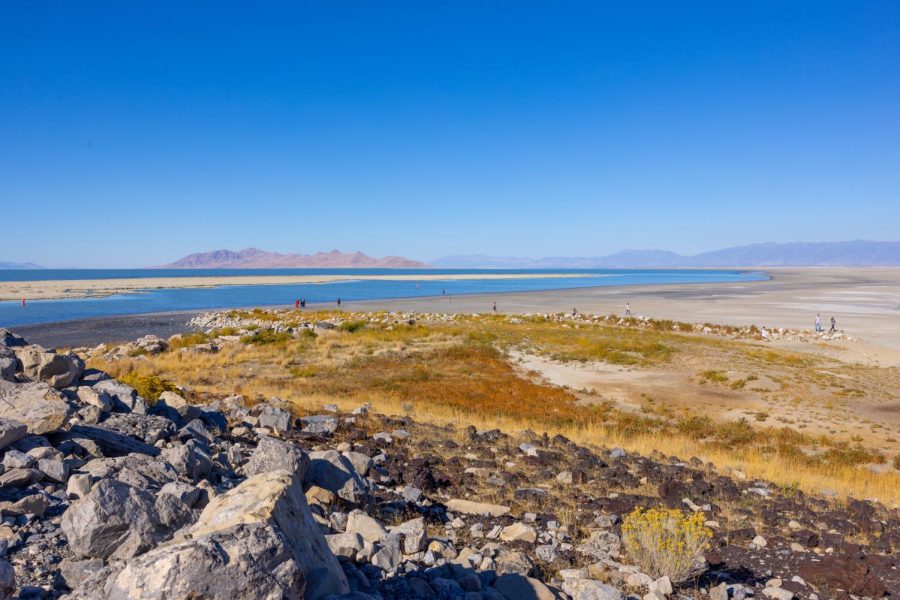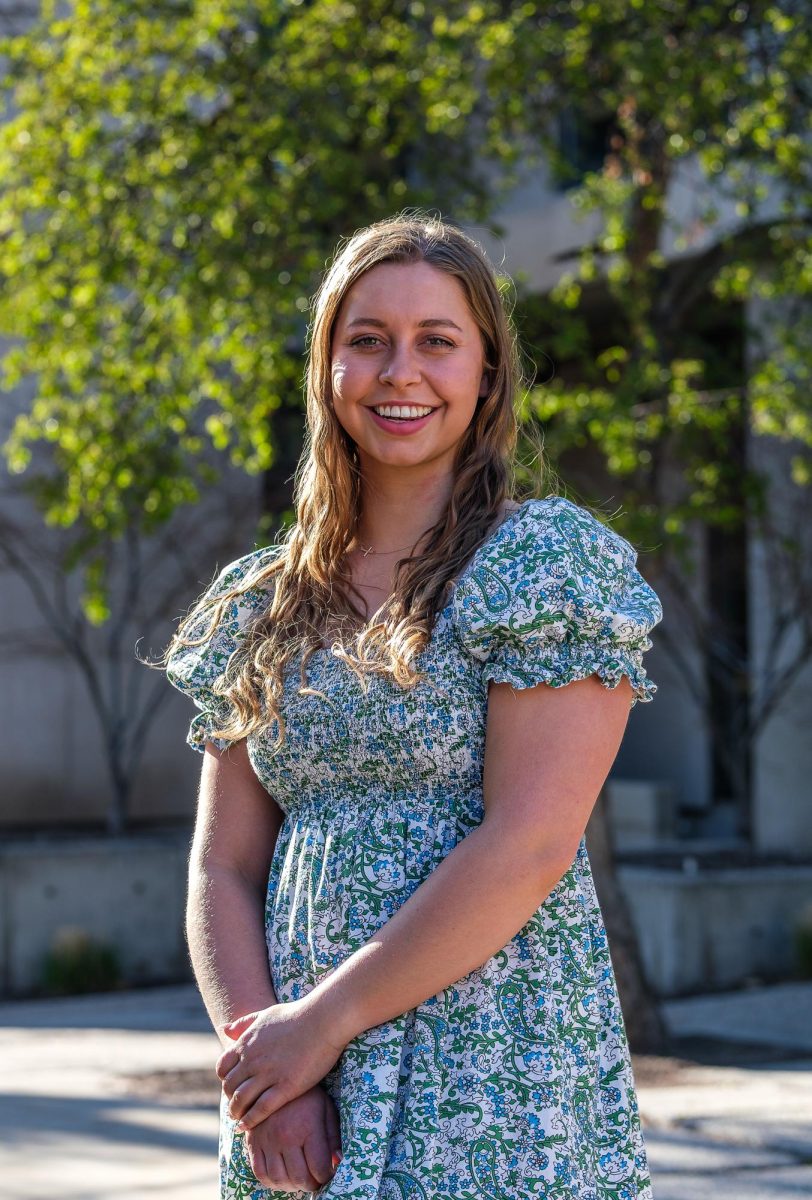New solar energy panels will only contribute a fraction of the energy needed for U buildings, but energy specialists say the environmental benefits are worth the cost.
The Sill Center and Randall Turpin University Services remodeling projects will include rooftop solar panel arrays.
The U has worked on the Sill Center array for about four months, but momentum recently began to build around the project when the U received a $25,000 grant from Rocky Mountain Power’s renewable energy program.
“In terms of conceptual (design), the remodels always had solar panels,” said Jay Sisam, manager for the U’s energy program. “But in terms of contracts, this is happening pretty quick.”
Sisam said the grant has allowed the project to move forward more quickly.
“We received a grant from Rocky Mountain Power’s BlueSky Program to cover half of the cost for Sill Center,” said Bianca Shama, resource conservation specialist for Integrated Energy Solutions, a consultant firm contracted by the U.
The University Services’ array, a larger project than the Sill Center, has been in the works for about five months. The state awarded the U a $30,000 grant, which will cover one-third of the paneling cost.
The projects currently have separate construction dates, funding and solar panel suppliers, but as the installation process progresses, Sisam believes the two projects will have a certain amount of integration.
“The suppliers will be different, but because of the quickly evolving nature of the technology, I’d say there will be some relationship between the providers,” Sisam said.
The building renovations will use cutting-edge technology to reduce energy use, but the solar paneling on the University Services building will only offset the use of coal power by 5 percent. The Sill Center will have a 10 percent offset.
“I know it doesn’t sound like much,” Sisam said. “But 5 percent is the minimum recommendation for Leadership in Energy and Environmental Design certification.”
Organized by the non-profit U.S. Green Building Council, LEED provides certifications and standards for sustainable building designs all over the country. Both remodeling projects are LEED-certified, Sisam said.
Although the panels will only offset a fraction of the coal power coming from Rocky Mountain Power, whose power is 95 percent coal-fueled, the University Services building’s energy will be offset by 50 to 100 percent with the U’s wind power program.
“Solar panels aren’t necessarily the most efficient for here at the U,” Sisam said. “These are mostly for demonstrative purposes.”
Craig Forster, urban planning professor and director for the Office of Sustainability, sees a lapse in the wind power program that the solar project won’t have.
“(With the wind power program) we’re not replacing energy, we’re compensating for coal power plants by paying to have wind power enter into the grid,” Forster said. “It’s not a comparison between wind and solar at the U. It’s not a one-to-one correlation.”
The solar panels will produce sustainable energy on campus, whereas the wind power program pays for access to wind-generated power. You can’t complain about creating sustainable energy on campus, Forster said, despite the fractional offsets.
Forster agrees that the panels are mostly demonstrative, but believes they are worth the cost.
“These panels are intended to show people how they work and engage the campus community,” he said.
Once the installation is complete, the Sill Center will have a dashboard display that will show the amount of power being used by the building and the amount of power generated by the panels.
Forster said there are no plans for more solar arrays right now, but there will certainly be in the future.
The panels on top of the Sill Center will be up and running by spring 2009. The University Services project should be finished by the end of this year.










